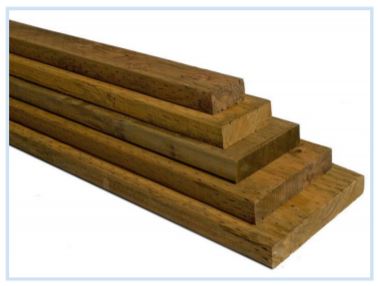
Blog
The Fundamental Importance of Deck
Blocking
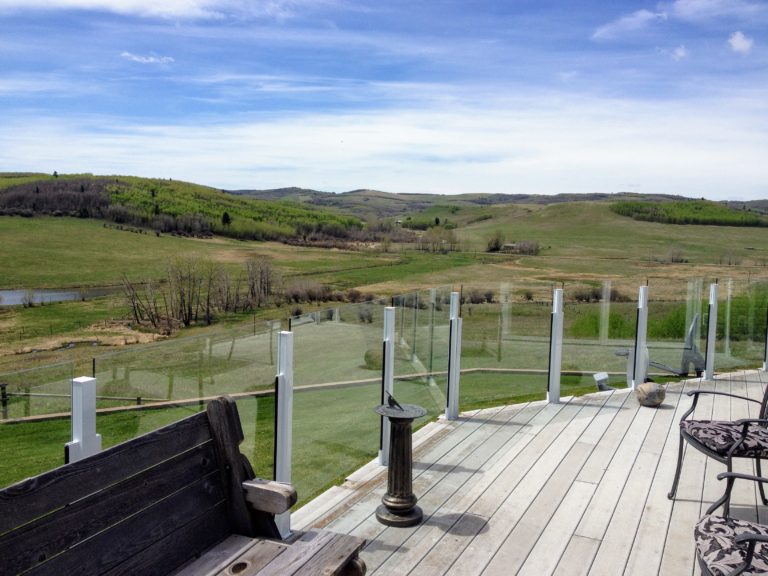
How did my railing become so
wobbly?
The installation of a deck and railing can be an
exciting addition to your home, but the
absence of proper support underneath the
deck can cause unstable railing posts.
Although it’s common to associate this issue
with the tightness of the bolts, the issue may
lie within the deck itself.
What is Deck Blocking?
Deck Blocking is defined as the installation of
wooden support between the joist of a
composite or wooden deck, installed using
coated deck screws.

Why should I bother with that?
For most railing systems, three-inch bolts are
required by engineering design, but without
proper deck blocking, the bolt will simply pass
through the deck board and be left hanging
underneath. When the bolt is suspended
midway through the board, it is able to rotate
and wiggle freely. This effect becomes
amplified when a force is applied on the railing
post, causing the railing to wobble on the
surface of the deck board.

We can just add it afterwards,
can’t we?
Adding deck blocking after the fact can be
quite an undertaking, and often requires the
removal of deck boards. In some cases,
workers are forced to work in awkward
positions to access the underside of the deck.
Most railing contractors avoid taking on the
task of blocking, which can be frustrating for
homeowners. We offer blocking services as we
find that this is one of the most common
problems we face when installing a railing
system. Blocking installation is an availability
on each one of our quotes.
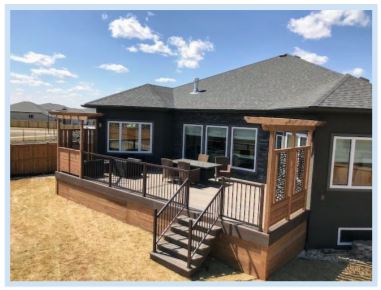
What is the best course of action?
Adding deck blocks before installation is the
best way of avoiding a wobbly railing. Speak
with your deck builder about performing this
installation. Deck blocking is sometimes an
engineering design feature of the deck, in
which case it is important to consult with an
engineer regarding the specifications for your
deck. In most cases, using sections of 2”x10”
pressure-treated lumber screwed between the
deck joists under the post location will provide
sufficient support.
How do I know where to put deck
blocking?
According to the national building code, for
picket railing, the largest span between posts
is 6 feet, and for glass railing, the largest span
is 5 feet. Simply measure the length of the deck
and divide it into segments which do not
exceed these limits. This will give you the
location of the railing posts. The deck blocking
will be installed directly beneath each post.
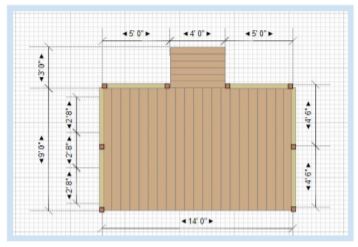
Do I still need blocking for a side
mounted rail system?
Side mounted rail systems require a minimum
of 4 inches of wood blocking. If you are
planning on side-mounting the railing, it is best
to build the deck with 3 joists at the edge of
the deck. If you are adding a side mounted
system to an existing deck with only 1 or 2
joists, it is important to mimic a deck joist by
fastening a 2”x10” board along the full length
of the outside joists. Doing blocking in the
same way as the surface mount rail system will
not be sufficient.
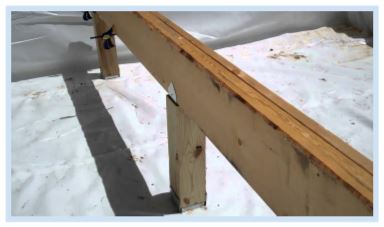
Why does the deck block need to
be screwed to the joists? Can we
just use the post lag bolts to
secure it beneath the deck?
If the deck block is simply held beneath the
deck board, the railing will only be supported if
a force is applied parallel to the deck edge.
Since the deck joists are the strongest part of
the deck frame, securing the deck block to the
joist will ensure there is no motion in the post
when the force is applied perpendicular to the
deck edge. This is the most important direction
for maximum stability as it protects to
potential force applied by those standing on
the deck.
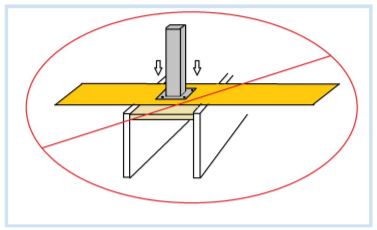
Is using 2”x4” boards for deck
blocking sufficient?
2”x4” boards are much too small. It is
recommended to use 2”x10” blocking for the
deck. In some cases, 2”x 8” will be sufficient,
however this must first be determined by an
engineer of architect.
